 Beet juice for stamina
Beet juice for stamina
Recent research shows that this ruby red root veggie may be more effective at boosting energy than caffeine, or nearly anything you’ll find in the supplement aisle. When UK researchers asked male athletes to down either 16 ounces of organic beetroot juice or a placebo, those who gulped the real thing cycled for up to 16% longer, an effect scientists say isn’t achievable by any other known means, including training. To bolster your performance, invest in a juicer and grab some fresh beets, which are in season year-round. Or look for bottled beet juice, which can be sipped straight or blended into a pre-workout smoothie.
Honey for endurance
Research conducted at the University of Memphis Exercise and Sport Nutrition Laboratory found that consuming honey before exercise provides “time-released” fuel to give athletes steady blood sugar and insulin levels over a longer duration. This natural sweetener also boosted power, speed, and endurance in competitive cyclists who downed it prior to and at 10-mile intervals throughout a 40-mile race. For quality and purity, I recommend USDA Certified Organic raw honey. Enjoy it straight off a spoon, or mix it into a pre-workout snack like oatmeal.
Pea protein to delay muscle fatigue
Pea protein powder has been generating serious buzz in the sports nutrition community for some time now. The reason: it’s rich in branched chain amino acids, compounds that have been shown to delay fatigue during exercise. The arginine in this powder (which is made from yellow peas) has also been shown to enhance immunity, while the lysine boosts calcium absorption and decreases calcium losses to help maintain strong bones. One scoop can pack more than 25 grams of lean protein, which can be whipped into a smoothie along with almond milk, a dollop of almond butter, cinnamon, and frozen cherries or berries.
Blueberries to reduce inflammation
To test the anti-inflammatory and recovery effects of blueberries, researchers at Appalachian State University recruited well-trained athletes and fed them about 9 ounces of blueberries daily for six weeks, plus another 13 ounces an hour before a two-and a-half-hour run. The results were impressive. In addition to a reduction in inflammation, blueberry eaters experienced a boost in natural killer cells, a type of white blood cell that plays a vital role in immunity. When fresh blueberries aren’t practical, reach for dried or freeze dried options to stash in your gym bag.
Tart cherries to fight pain and regain strength
At the University of Vermont’s Human Performance Laboratory, researchers asked men to drink either 12 ounces of a tart cherry juice blend or a placebo twice daily for eight days. On the fourth day of the study, the athletes completed a strenuous strength-training routine. Two weeks later, the opposite beverage was provided, and the training was repeated. Scientists found that the cherry juice had a significant effect on pain reduction. In addition, strength loss averaged 22% in the placebo group compared to just 4% in the cherry group. Fresh tart cherries are only in season in late summer, but frozen and dried options are becoming easier to find, as is 100% tart cherry juice.
Salmon to build muscle
The omega-3 fatty acids found in fatty fish like salmon have been linked to a laundry list of benefits, from fighting heart disease to staving off type 2 diabetes. But animal research shows it may also be a potent muscle booster. Compared to steers fed cottonseed and olive oils, those that consumed fish oil showed improved muscle development: their bodies used twice the amount of amino acids to build new protein tissues, especially skeletal muscles. Include wild salmon in meals a few times a week, or try salmon jerky as a portable snack. If you can’t or don’t eat seafood, look for an algae-based source of omega-3s.
Watermelon to reduce muscle soreness
Recently, Spanish sports medicine scientists discovered that watermelon juice helped relieve muscle soreness when about 16 ounces were consumed an hour before exercise. The effect is likely due to citrulline, a natural substance found in watermelon that’s been tied to improved artery function and lowered blood pressure (it’s even been dubbed “nature’s Viagra”). I’m starting to see bottled watermelon juice popping up all over the place. And when you eat it fresh, be sure to bite into the white rind a bit—that’s where citrulline is found in higher concentrations.
Pomegranate for muscle strength recovery
The antioxidants in pomegranate have been linked to enhanced memory and brain activity, and now researchers at the University of Texas at Austin report that pomegranate juice helps improve muscle recovery. Researchers recruited volunteers who were randomly assigned to maintain their normal diets and add 4 ounces of either pomegranate juice or a placebo twice a day. Both groups performed resistance-training exercises, but those who gulped pom experienced significantly less muscle soreness and reduced muscle weakness for up to 7 days. Pomegranate is a winter fruit, but you can find frozen options year-round. Just thaw and add to oatmeal, parfaits, or garden salads. Small shots of 100% juice are also a good option.
Coffee for next-day energy
A recent study published in the Journal of Applied Physiology found that glycogen, the body’s storage form of carbohydrates, is replenished more rapidly when athletes consume both carbs and caffeine following exhaustive exercise. Compared to carbs alone, the combo resulted in a 66% increase in muscle glycogen 4 hours after intense exercise. That’s significant because packing more fuel into the energy “piggy banks” within your muscles means that the next time you train or perform, you’ve upped your ability to exercise harder or longer.
Watercress to reduce DNA damage
A recent study published in the British Journal of Nutrition found that watercress, a peppery green from the mustard family, effectively countered the “wear and tear” effects of exercise. Healthy young men were given about 3 ounces of watercress daily for eight weeks, and asked to participate in treadmill workouts that included short bursts of intense exercise. Another exercise group did the workouts without watercress as a control. The men who missed out on watercress experienced more exercise-induced DNA damage, and the benefits were seen after just one dose. In other words, those who ate the green for the first time just two hours before hitting the treadmill experienced the same benefits as those who had munched on it daily for two months. Watercress makes a wonderful salad base and, like spinach and kale, it can be whipped into a smoothie.
Dark chocolate to curb exercise-induced stress
Numerous studies support the myriad benefits of dark chocolate and new research published in the European Journal of Nutrition adds exercise protection to the list. In the study, healthy men were asked to eat 3.5 ounces of 70% dark chocolate two hours before a two-and-a-half-hour bout of cycling. Compared to a control group, the chocolate eaters experienced higher blood antioxidant levels and reduced markers of exercise-induced cell stress. Enjoy a few individually wrapped squares of dark chocolate daily, melt and drizzle it over fresh fruit, or mix it into oatmeal, smoothies, or parfaits.
Source: health


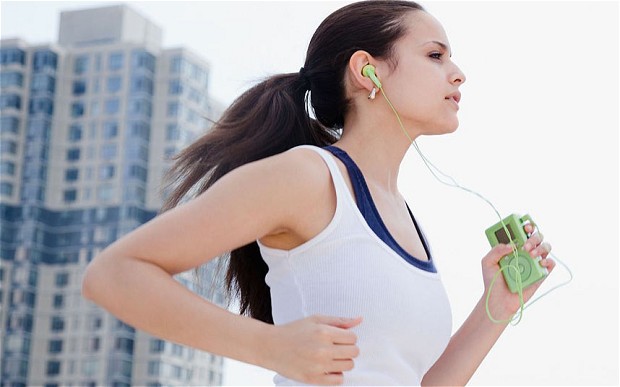


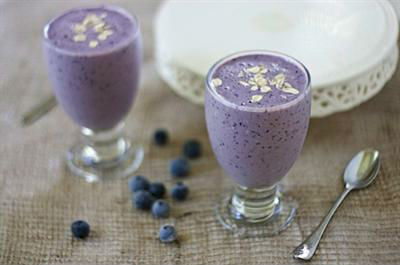
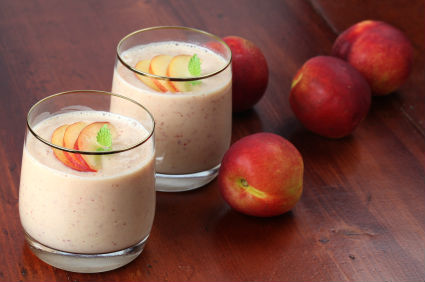
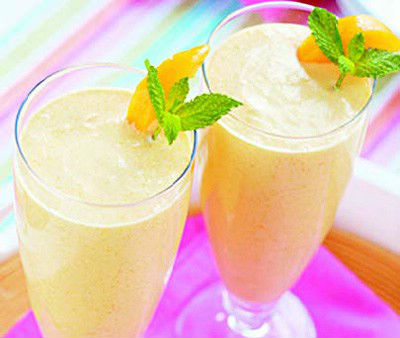
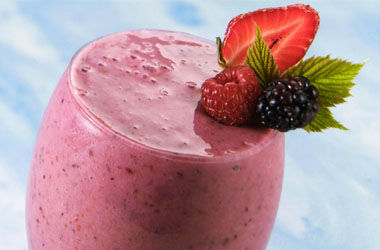
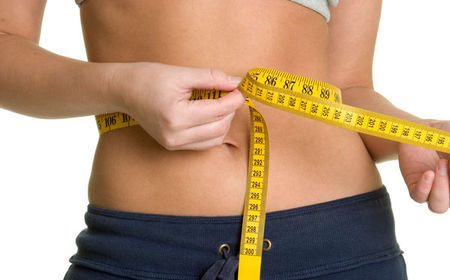
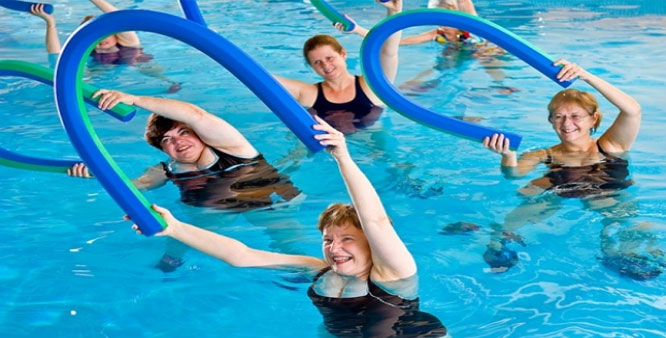



 Beet juice for stamina
Beet juice for stamina